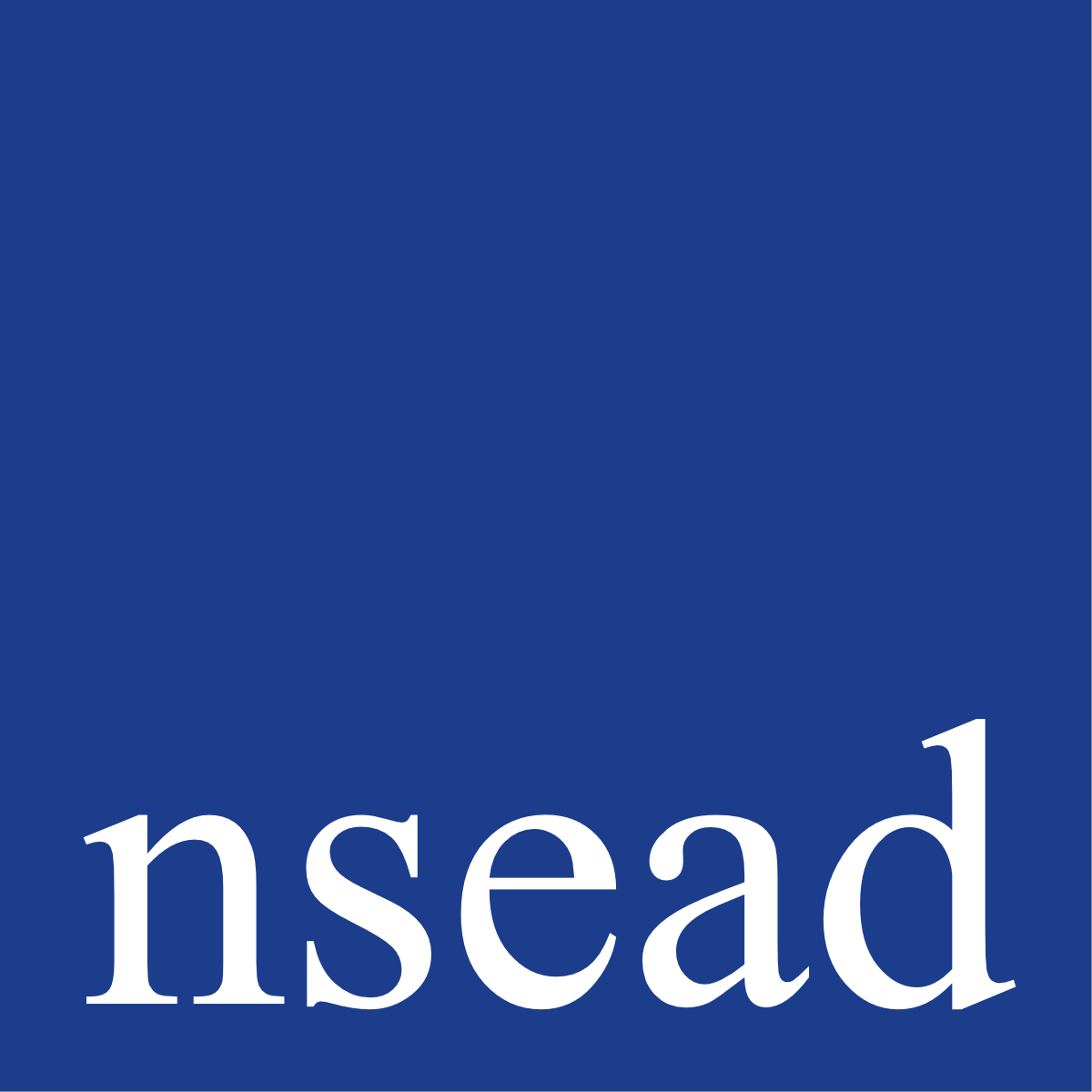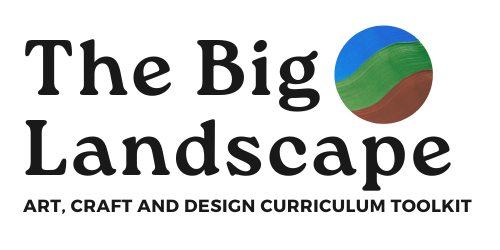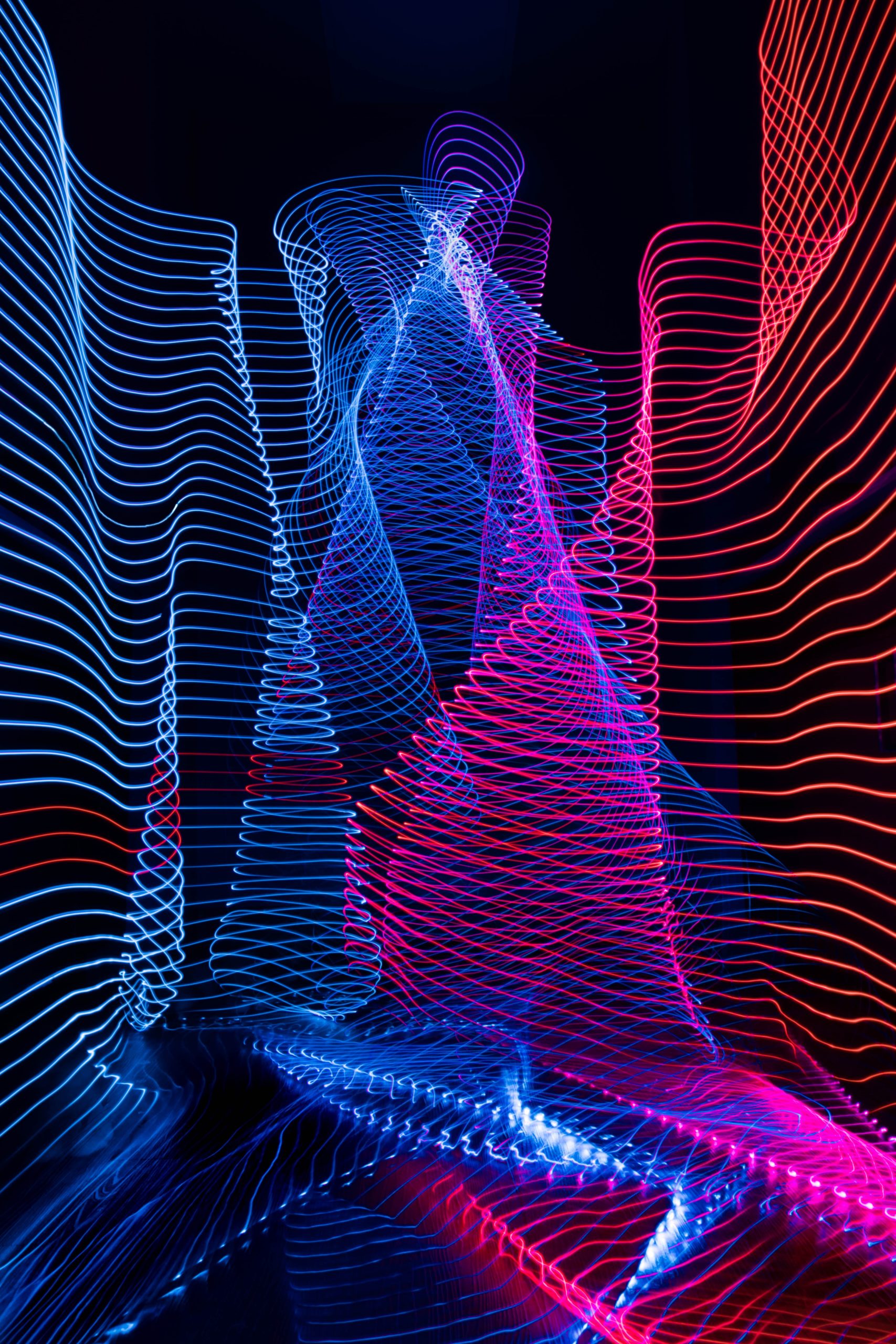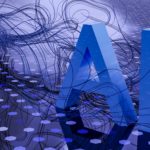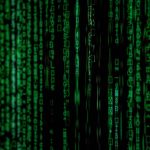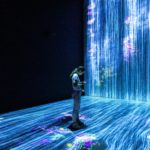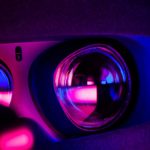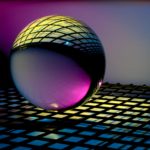Digital and virtual technologies bring many benefits to artArt refers to a diverse range of human intellectual and expressive activities and the outcomes of those activities. Within this context art is further defined..., craftCraft can be designed as intelligent making. It is technically, materially and culturally informed. Craft is the designing and hand making of individual objects and... and designDesign shapes ideas to become practical solutions and propositions for customers and users. Design is all around us, everything man made has been designed. The... education.
These are new and developing toolsA physical item used to achieve a goal. A fashion designer might use a needle and tailors dummy, a jeweller might use a clamp and... for art educators to enhance their teaching by providing new ways of acquiring, processing and presenting visual and creativeBeing creative or 'creativity' relates to or involves the use of the imagination or original ideas to create something. information to their students.
Information technologies also support the management of professional information about students and the curriculumIn education, a curriculum (or curricula) is broadly defined as the totality of student experiences that occur in the educational process. The term often refers specifically to a planned.... These technologies will affect teaching and pedagogyArt pedagogy is defined as the modern direction of pedagogical science, which studies the laws, mechanisms, principles, and rules for including art in the educational context.... and will require teachers to think carefully about the implications of their students’ use of digital mediaDifferent materials used by artists, such as paint, charcoal, clay and thread. Media is the plural of MEDIUM. In this context, it refers to the... and AI (Artificial intelligence), particularly regarding assessmentIn education, the term assessment refers to the wide variety of methods or tools that educators use to evaluate, measure, and document the academic readiness, learning progress, skill... and examination contexts.
In doing so teachers will need to reflect upon, and constantly monitor, both the benefits and potential dangers of the developing digital world for teaching and learning.
Digital media offers many new opportunities, tools and digital forms for artistic and creative expression. Incorporating digital and virtual technologies in the art and design curriculum will equip students with the skillsTechniques and attributes acquired through learning, engagement and practice and knowledgeFacts, information, and skills acquired through experience or education; the theoretical or practical understanding of a subject. necessary to navigate and thrive in an increasingly technology-driven society.
Digital media promotes exploration and experimentation with an expanding range of creative possibilities not achievable through traditional art forms, although it can also emulate traditional media such as makingThe process of making or producing something. The making of meaning is a decisively integral component of art-making. Meaning-making in relation to the creation of... studies for paintingPainting is the practice of applying paint or other media to a surface, usually with a brush. An art object made using paint (noun)., photography, photo-collage, graphic designThe art or skill of combining text and pictures in advertisements, magazines, or books The art and profession of selecting and arranging visual elements —..., stencil and print-block making, surface patternA design in which lines, shapes, forms or colours are repeated. E.g. Regular, irregular, repeat, tessellating, symmetrical, natural, geometric, rotation, grid, rhythm, decorative, border. Pattern... and multi-media installationsMultimedia projects are entertainment events or installations where several forms of media, such as show lasers, audio, video, lights etc. are included. Multimedia installation is a creative....
These options, alongside laser, etch and cutter tools, 3D3 dimensions Three dimensional space is in the 'round', and has a combination of three characteristics from the following five terms; length, width, height, depth... printers and other digital tools are expanding students’ opportunities for creative making, encouraging experimentation through reworking multiple ideas in different media, and promoting innovationInnovation is a process by which a domain, a product, or a service is renewed and brought up to date by applying new processes, introducing... and imaginative thinking.
Through online platforms, students can engage with contemporary artistsPeople who are engaged in a broad spectrum of visually led ideas and activities aligned to the expressive arts, access virtual galleries and museums, watch artists, designersPeople who are engaged in the production of functional products, services and systems and makers explain and demonstrate techniquesA procedure, formula or routine by which an outcome or artwork is achieved, to include weaving thread into cloth with a darning needle, carving wood..., learn online and participate in collaborative projects, thereby extending their capacity to research and broaden their understanding of art, craft and design in local and global contexts.
Digital technologies also enable students to capture, documentTo record or observe and make written, visual or digital notes from an event, performance or place, present and preserve their artwork in digital formatsDigital format means text-based or image-based content in a form that provides the student with various interactive functions; that can be searched, tagged, distributed and....
In today's digital age, it is crucial for students to develop digital competency with the skills and knowledge necessary to navigate and thrive in a technology-driven society.
So that teachers can guide students in utilising digital tools and techniques – to enhance artistic expression and integrate digital and virtual technologies effectively – they will need to continuously evaluate and adapt their facilities and pedagogy.
Professional developmentProfessional development is improving yourself through learning and training to advance your career. All organiations may offer training sessions to further teach their employees, but an... and ongoing training can help teachers stay up-to-date with technological advancements and best practices for incorporating digital media into their curriculum.
Digital innovationDigital innovation is the application and adoption of digital technologies in a strategic manner to improve business operations, create novel products or services, enhance customer... is a fact of life and will continue to exert an influence on creative opportunity, curriculum, pedagogy and expanding career pathways.
Educators N.B. The inclusion of digital and virtual technologies in the art and design curriculum requires careful consideration of ethical and responsible use. Art educators – should support learning that introduces copyrightCopyright refers to the legal right of the owner of intellectual property. In simpler terms, copyright is the right to copy. This means that the original creators..., digital appropriationIf someone were to look back on this time period objectively from the future, they would be able to observe the emergence or evolution perhaps... and correct referencing, digital citizenship'On a simplistic level, we might take digital citizenship as the ability to access digital technologies and stay safe…However, we also need to consider and..., and the potential impact of their digital creations on society. The curriculum should explore and develop digital visual literacyVisual literacy is the ability to interpret, negotiate, and make meaning from information presented in the form of an image, extending the meaning of literacy,... and emphasise the importance of respecting intellectual property rightsIntellectual property (IP) refers to creations of the mind, such as inventions; literary and artistic works; designs; and symbols, names and images used in commerce.... while using digital media in an ethical and responsible manner.
Art educators will be aware of the fact that new technologiesNew or 'emerging' technologies are technologies whose development, practical applications, or both are still largely unrealized. These technologies are generally new but also include older... may not be available to all students equally, making access and opportunity an issue to be addressed in their curriculum, in teaching and by their school.
Virtual and digital processes include:
- AI
- Image ManipulationAlso referred to as photographic manipulation Photograph manipulation involves the transformation or alteration of a photograph. Some photograph manipulations are considered to be skillful artwork,...
- Digital Photography
- Web and App Design
- Film
- InstallationInstallation art describes an artistic genre of site-specific, three-dimensional works designed to transform the perception or shape of a space
- AnimationAnimation is the simulation of movement by the rapid display of a series of pictures or frames. Unlike video, which takes continuous movement and breaks...
- Time-Based Media'Time-based media' refers to works of art which depend on technology and have duration as a dimension.
- Multi-media
- Typography
These processes can be used in a number of ways:
- Researching
- Designing
- Creating
- Iterating
- Refining
- Copying
- Pasting
- Layering (with computers)
- Cameras
- SoftwareSoftware is a set of computer programs and associated documentation and data. This is in contrast to hardware, from which the system is built and... and AppsA mobile application or app is a computer program or software application designed to run on a mobile device such as a phone, tablet, or...
- Image-processing
- Multi-Media
- Time-Based media
As such, we can do the following:
- Design
- Plan
- Code
- Thumbnail SketchA rough, first, or quick drawing or painting to assist in exploring and planning a more finished art work. A means of information gathering
- ConceptualiseConceptualisation Conceptualisation is an abstract simplified view of some selected part of the world, containing the objects, concepts, and other entities that are presumed of...
- Visualise
- Prototype
- Illustrate
- Select
- ColourChoices of colour and the relationships between colours have a huge influence on how a piece or art or design looks and feels and the...
- Animate
- Assemble
- Communicate
- Explain
- Narrate
- Review
- Evaluate
- Refine
- Create
- Imagine
- Manipulate
- Test
Further information can be found on the Machine Learning page.
